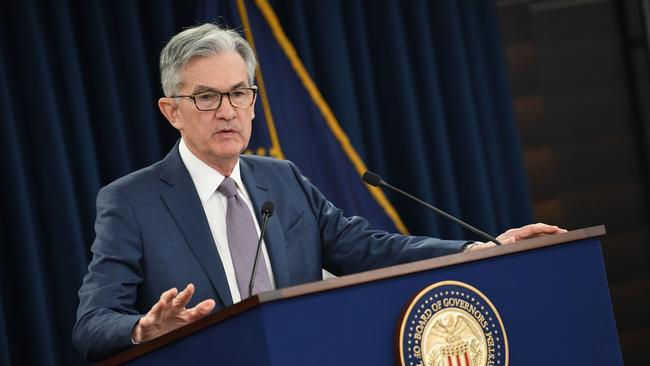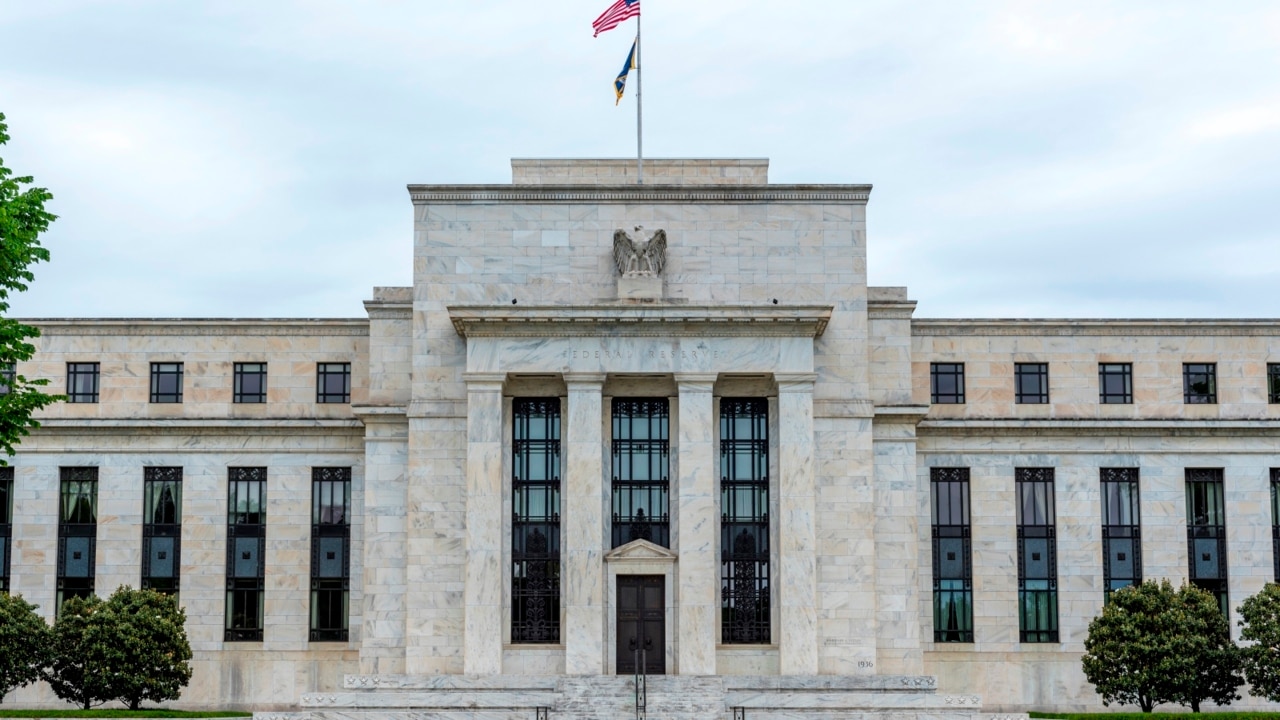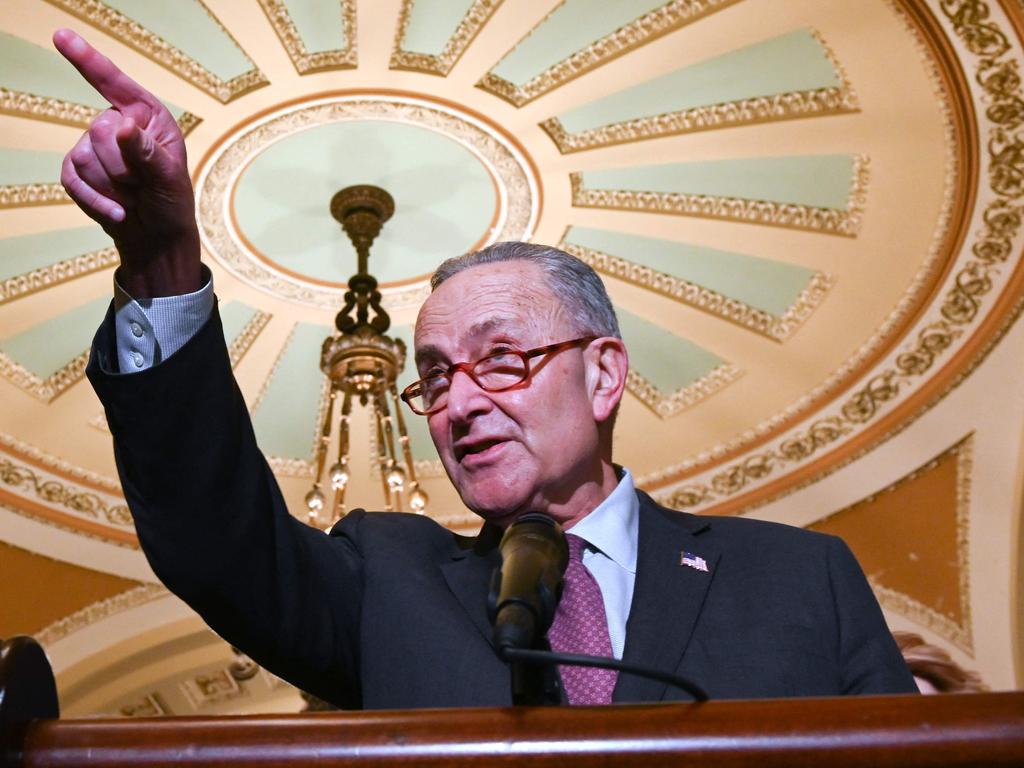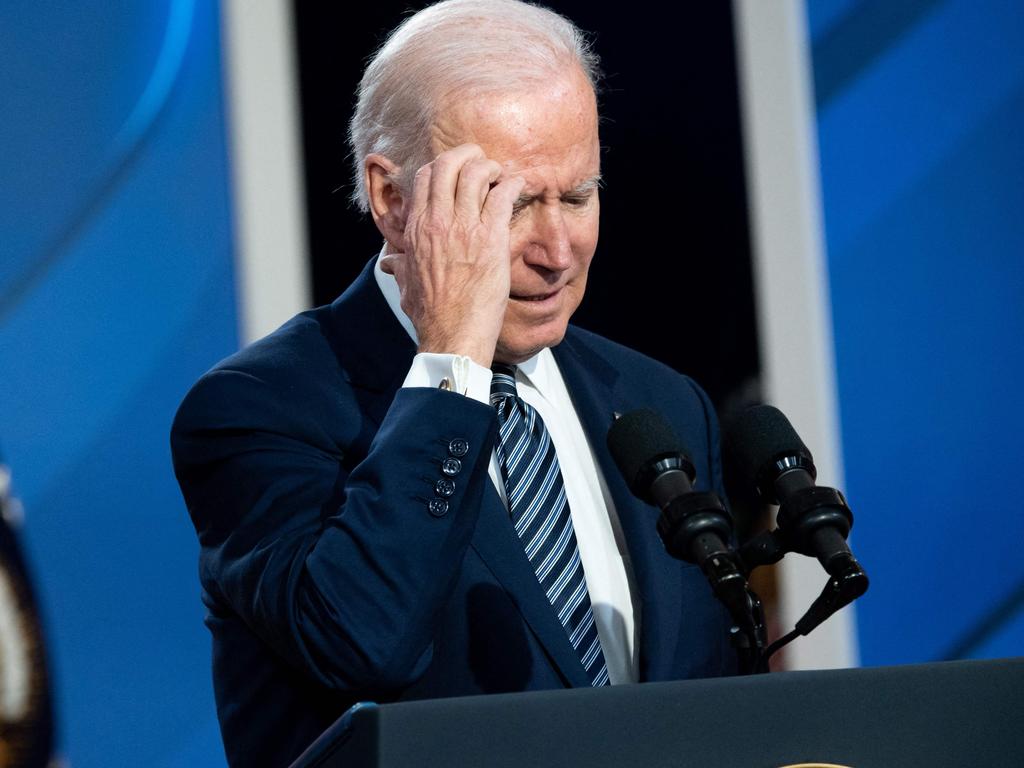US Fed accelerates stimulus pullback, signals three rate hikes in 2022
The Federal Reserve has dramatically brought forward the start date of higher interest rates, signalling at least rate rises by the end of next year.

The Federal Reserve has dramatically brought forward the start date of higher interest rates as it winds down its quantitative easing program, signalling at least three interest rates increases by the end of next year regardless of the spread of the Omicron variant.
The highest US inflation in almost 40 years and a rapidly declining unemployment rate have pushed the Federal Reserve to plan for tighter monetary policy sooner than it had expected, in a decision that will put upward pressure on interest rates globally.
“Employers are having difficulties filling jobs and wages are rising at the fastest pace in many years …. Inflation is well above target, and growth is well above potential,” Federal Reserve Chairman Jerome Powell said at a press conference after the announcement.
The US inflation rate jumped to 6.8 per cent in October, a 39 year high and the fifth month in a row the annual rate had been above 5 per cent, alarming economists, who put the sudden increase down to bottlenecks as the US emerged from pandemic restrictions and surging demand.
“The real risk now that inflation may be more persistent and that may be putting inflation expectations under pressure, and the risk of higher inflation becoming entrenched has increased,” Mr Powell said.
The US Fed Funds rate, which was reduced to almost 0 when the pandemic struck the US in March last year, is expected to rise to 0.9 per cent by the end of next year, with the first increase occurring sometime after the end of the asset purchase program now expected to end in March
Investors, who were expecting the Fed to tighten policy more quickly, largely shrugged off the announcement.
Yields on 10 year US bonds, a barometer of future interest rate expectations, rose a little on the news to 1.46 per cent from 1.45 per cent before the announcement.
The S&P 500, the main US blue-chip share index, rose 1.6 per cent by the end of New York trading, reversing earlier declines and ending the day near a record high.
Mr Powell, who was nominated for a second term as Fed chairman by President Biden in November, said inflation would remain above 2 per cent, the Fed’s inflation target, “well into next year”, and played down the likely impact of the Omicron variant on the US economy.
“Wave upon wave of people are learning to live with this virus and more and more people are getting vaccinated,” he said, adding that the Fed had assumed the new Omicron variant would be more transmissible but less severe than previous variants.
Gregor Daco, and economist at Oxford Economics, said the Federal Reserve’s statement “crystalised a hawkish pivot”, noting the Fed had now dumped the term “transitory” to describe inflation in favour of “elevated”.
The Fed’s statement implied the central expectation for 12 members of the Federal Reserve Open Market Committee was for a further three rate hikes in 2023 and two in 2024, which would bring the Fed Funds rate to 2.1 per cent.
In a highly anticipated meeting following the spike in inflation to 6.8 per cent in October, a 39 year high, the Fed lifted its forecast for core inflation by the end of the year to 4.4 per cent, up from 3.7 per cent, and lowered its forecast for the jobless rate to 3.5 per cent from 4 per cent.
Officials chose to accelerate their stimulus wind-down “in light of inflation developments and the further improvement in the labour market,” the statement said.
The Fed’s quantitative easing program, which has declined from $US120bn a month of asset purchases to $US90bn in December, will now phase out by March next year after declining to $US60bn in January and $US30bn in February.
“We’ve learned that in dealing with balance sheet issues its best to take careful methodical approach to making adjustments,” he said, batting away questions the Fed should have ceased the program immediately.
Mr Powell said the economy would not be going back to “the same economy as February 2020”, at least for a very long time.
“The post-pandemic labour market will be different,” he said. “We need a long expansion to get back to the kind of labour market we’d like to see,” he added.
Mr Powell said the risk of a cyber attack on a US financial institution was the biggest threat to US financial stability and would be “very difficult to deal with”.

Mr Powell, who was nominated for a second term as Fed chairman by President Biden in November, said inflation would remain above 2 per cent, the Fed’s inflation target, “well into next year” as he played down the likely impact of the Omicron variant on the US economy.
“Wave upon wave of people are learning to live with this virus and more and more people are getting vaccinated,” he said, adding the Fed had assumed the new Omicron variant would be more transmissible but less severe than previous variants.
“The real risk now that inflation may be more persistent and that may be putting inflation expectations under pressure, and the risk of higher inflation becoming entrenched has increased,” he added.
In a highly anticipated meeting following the spike in inflation to 6.8 per cent in October, a 39-year high, the Fed lifted its forecast for core inflation by the end of the year to 4.4 per cent, up from 3.7 per cent, and lowered its forecast for the jobless rate to 3.5 per cent from 4 per cent.
Officials chose to accelerate their stimulus wind-down “in light of inflation developments and the further improvement in the labour market,” the statement said.
The Fed’s quantitative easing program, which has declined from $US120bn a month of asset purchases to $US90bn in December, will now phase out by March next year after declining to $US60bn in January and US$30bn in February.
“We’ve learned that in dealing with balance sheet issues its best to take careful methodical approach to making adjustments,” he said, batting away questions the Fed should have ceased the program immediately.
Mr Powell said the economy would not be going back to “the same economy as February 2020”, at least for a very long time.
“The post-pandemic labour market will be different,” he said. “We need a long expansion to get back to the kind of labour market we’d like to see,” he added.
Mr Powell said the risk of a cyber attack on a US financial institution was the biggest threat to US financial stability and would be “very difficult to deal with”.








To join the conversation, please log in. Don't have an account? Register
Join the conversation, you are commenting as Logout